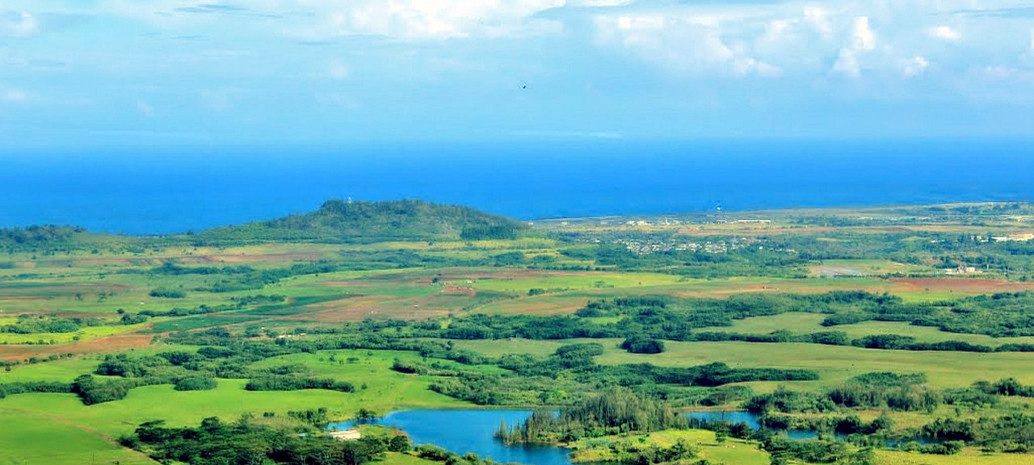Two years ago there was an article making its rounds on the internet claiming that there is an “upper limit” to the penetrations of wind and solar that any grid can reach. The author, Jesse Jenkins, claimed that once either of these resources reached a penetration level that roughly corresponded with their capacity factors, that it was “increasingly difficult” and impractical to deploy more.
Jenkins, meet Kaua’i. This year the island’s utility expects to get 43% of its power from renewable energy resources, with solar alone providing 22.8% of the utility’s sales. This is despite far more difficult conditions for the deployment of renewable energy than on most grids. Among the limiting factors for Kaua’i is that as it has no electrical interconnection with other islands, it cannot balance fluctuations in supply and demand by importing or exporting power.
But Kaua’i is not stopping there. Today SunPower announced that it has been chosen by AES Distributed Energy to supply its modular Oasis power blocks for the largest solar and battery storage project not only in Kaua’i to date, but in Hawaii. The 28 MW PV plant will be accompanied by 20 MW of batteries, with a five-hour duration, for a 100 megawatt-hour rating.
SunPower will supply its high-efficiency E-Series PV modules based on its back-contact technology, mounted on Oasis trackers. AES Distributed Energy will own the project, which is expected to be operational by the end of 2018.
Popular content
When other solar projects either under construction or being planned are completed, including customer-site rooftop PV, solar could meet more than 40% of Kauai’s electric demand – well more than solar’s capacity factor even in desert climates. This would put Kaua’i’s municipal utility on a solid path for renewables to exceed 70% of its power by 2025, well ahead of its 2030 goal.
The integration of energy storage is not accidental on these projects. As an island with a tourist economy, Kaua’i’s peak electricity demand comes after the sun goes down, and due to endangered bird species no wind turbines can be built on the island, meaning that overnight wind output cannot balance daytime solar, as is the case in Germany.
Kaua’i is also deploying pumped hydro storage, and in September approved a land lease agreement and expenditures for permitting and surveying for a 25 MW pumped hydro project on the island’s west side.
This content is protected by copyright and may not be reused. If you want to cooperate with us and would like to reuse some of our content, please contact: editors@pv-magazine.com.


3 comments
By submitting this form you agree to pv magazine using your data for the purposes of publishing your comment.
Your personal data will only be disclosed or otherwise transmitted to third parties for the purposes of spam filtering or if this is necessary for technical maintenance of the website. Any other transfer to third parties will not take place unless this is justified on the basis of applicable data protection regulations or if pv magazine is legally obliged to do so.
You may revoke this consent at any time with effect for the future, in which case your personal data will be deleted immediately. Otherwise, your data will be deleted if pv magazine has processed your request or the purpose of data storage is fulfilled.
Further information on data privacy can be found in our Data Protection Policy.